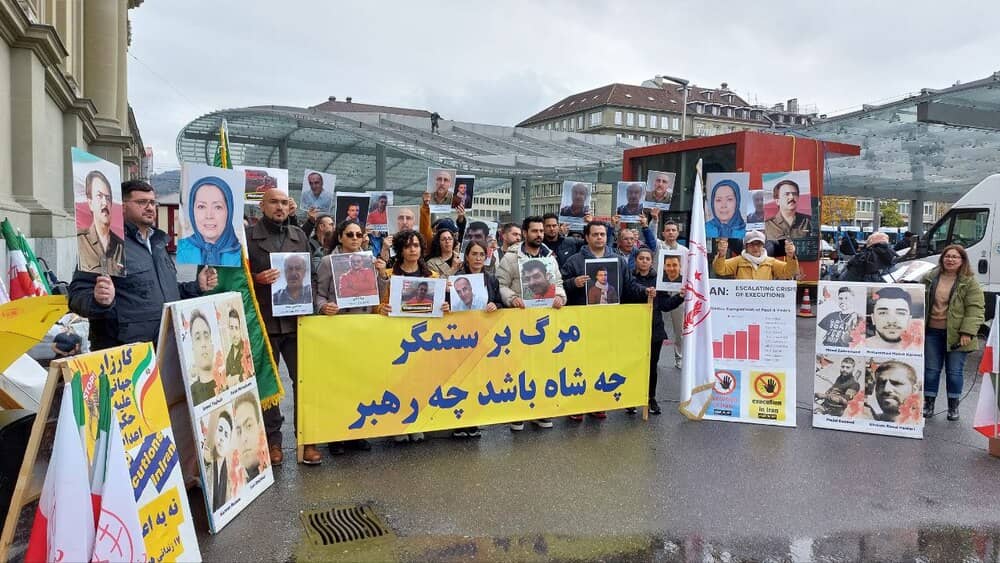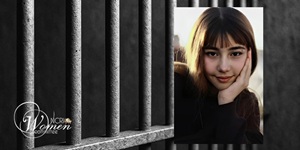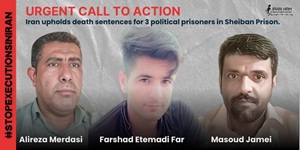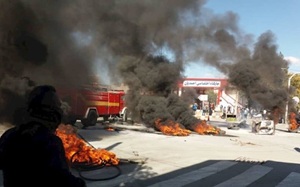
THIS PAGE WILL BE UPDATED WITH THE LATEST NEWS
UPDATE: 07:30 AM CET
Six Years After November 2019, Regime Insiders Expose a System on the Brink of Collapse
On the sixth anniversary of the November 2019 nationwide uprising, the Iranian regime finds itself caught in a self-made trap. Facing an explosive society on one side and an uncontrollable internal crisis on the other, the clerical establishment is showing unprecedented signs of decay. This internal rot has manifested as a vicious infighting as rival factions, sensing the weakness of Supreme Leader Ali Khamenei, are now openly attacking each other. This infighting is not a sign of political maneuvering, but a symptom of deep-seated fear—the fear of a population whose demand for change, so powerfully expressed in 2019, continues to haunt the regime’s corridors of power.
Before It’s Too Late: The West Must Prepare for Iran’s Next Crisis
Every military commander knows that hope is not a plan. Success depends on anticipating threats and developing contingencies before the first shot is fired. The United States and its allies must apply the same principle to the threat posed by Iran’s clerical regime. Failing to do so would be a strategic dereliction of duty. A contingency plan for confronting and ultimately neutralizing that threat is not only wise—it is an imperative.
In remarks carried by state media last week, Iran’s Foreign Minister Abbas Araghchi issued a warning to the United States and its allies about the supposed growth of the regime’s “missile power.” Though much of Iran’s stockpile of ballistic missiles was reportedly destroyed—alongside much of its production capacity—during its 12-day war with Israel in June, Tehran’s officials have sought to downplay the impact in order to preserve their self-image as a regional power still in control.
Bita Shafii: Forced Disappearance of Teenage Girl after Her Mother’s Arrest
At dawn on Thursday, November 13, Bita Shafii, the daughter of Maryam Abbasi-Nikou, was arrested by security forces in the city of Khorramshahr in Khuzestan Province and transferred to an undisclosed location, in what appears to be a case of forced disappearance. Her arrest came only three days after the detention of her mother. Maryam Abbassi-Nikou was taken into custody by IRGC Intelligence agents on Monday, November 10. Prior to her arrest, Bita Shafii had posted a message on her Instagram page condemning the IRGC Intelligence raid on their home, stating that her mother had been abducted and taken away without any legal explanation.
Judges of Death – Part 5
Iman Afshari, the head of Branch 26 of the Tehran Revolutionary Court, is one of the notorious figures within the judiciary of the ruling regime in Iran—an individual who has no university education in law and has studied only in religious seminaries. He is not a judge in the legal sense, but a direct executor of the will of the security agencies. His name is tied to the issuance of death sentences, torture, and gross violations of the fundamental principles of fair trial. Since the winter of 2019 (1397), Afshari has served as a judicial arm of repression, playing a central role in eliminating political opponents, civil society activists, protesting women, and religious minorities. Branch 26 of the Revolutionary Court, established for security-related cases, became one of the main centers of political intimidation during his tenure.
Confirmation of Death Sentences for Three Political Prisoners in Sheiban Prison, Ahvaz
The death sentences of three political prisoners—Farshad Etemadifar, Masoud Jamei, and Alireza Mardasi—have been confirmed and officially communicated to them inside Sheiban Prison in Ahvaz. These rulings were issued after prolonged detention, torture, coerced confessions, illness, and denial of a fair trial. Concerns are now rising over the imminent risk of execution. In recent days, multiple reports have confirmed that these three political prisoners have once again been notified of their heavy sentences—two death sentences each—after months of uncertainty. The entire process, from arrest to trial, has been marked by severe violations of basic principles of due process, prompting urgent warnings from families and human rights defenders. On 16 June 2023, intelligence agents arrested four young men from Pichab village in Basht—Farshad Etemadifar, Saman Hormatnejad, and Davoud Hormatnejad—and transferred them to the Intelligence Department detention facility in Yasuj.
Has Tehran Begun Rebuilding Its Uranium Enrichment Facilities?
Masoud Pezeshkian, the president of Iran’s regime, recently announced a major reconstruction of the country’s nuclear industry. His statement, made after visiting nuclear facilities in Tehran, has intensified speculation about the resumption of nuclear activities. For more than two decades, uranium enrichment has been the central point of conflict between Iran’s regime and global powers. After the “12-day war” and a U.S. military strike on Iran’s nuclear facilities, the U.S. president claimed that Iran’s nuclear capability had been completely destroyed. Despite the damage to its facilities, Iran’s regime has declared it will rebuild them. Regime officials have emphasized resuming uranium enrichment and nuclear fuel production. It remains unclear whether the revival of enrichment will take place at the same sites or through newly built facilities.
Iran’s Regime Grips Symbols and Spectacle as It Faces Its Darkest Chapter
With economic collapse, international isolation, factional implosions, and soaring executions, the ruling system enters a phase of ultimate reckoning. For five months, the Iranian regime has thrown all its weight into surviving a season defined by collapse and uncertainty. In an attempt to escape this dark chapter, its officials have resorted to bizarre and contradictory tactics: Friday prayer leaders claim drought is caused by “violation of the mandatory hijab”, not by decades of environmental destruction. At the same time, the same establishment that spent 46 years suppressing Iran’s pre-Islamic heritage suddenly clings to it—commissioning statues of ancient symbols and even organizing music concerts to unveil them. Music—especially for women—has been criminalized, marginalized, and repressed since the establishment of the regime.








